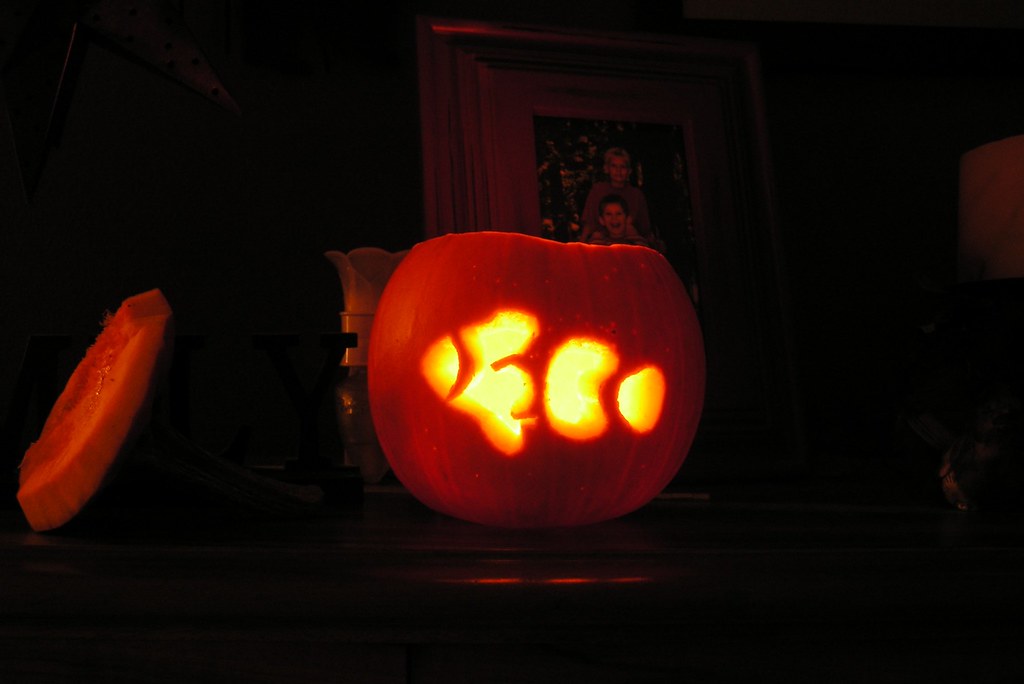-
Posts
490 -
Joined
-
Last visited
-
Days Won
1
Content Type
Profiles
Forums
Events
Store
Posts posted by DChemist
-
-
I learned patience. Well I haven't 'learned' it yet, but I know about it.
-
-
As colorful as these pictures are- they don't do the tanks justice. These tanks are absolutely filled with brilliant color.
-
I prefer cranberry or grapefruit juice with my vodka. I haven't shared with my tank yet.
-
I really enjoyed the meeting... Seeing the clownhouse was impressive- photos just don't do it justice. It's an amazing set-up.
I finally won a PNWMAS raffle, I've been playing a long time. I already added the pods to the refugium and fed a good dose of phytofeast.
And a thank you to mrgreenthumb for a frag-
-
-
Thank you Roy- you are generous. And the colors of the corals in your tanks are amazing-
-
I haven't seen anything like that. Pretty amazing.
-
Is it really that blue?
-
I'd take some orange cap frags... I'll send you a PM.
-
-
I'm curious to know what 2 sureflow 1600 kits cost... I might be good up to $30. If the prices were good enough I may get a couple magnet holders too. Let me know.
-
My approach (in my Traeger-using opinion)...
1) Dry rub
2) Sear on high on the grill (as hot as you can get the Traeger)
3) Turn grill on smoke and spritz with watered down juice (apple, pineapple, etc.) every 30 minutes until its done (to keep it very moist)
According to the USDA pork is "safe" once it reaches 160. I wouldn't over-cook it.
I like the hickory on just about any meat, even pork.
I'm a huge fan of the Traeger and have been using one for about 8 years.
-
-
I agree completely.
-
I'm in- just myself. Just need to know when to see if it fits my schedule.
-
Very nice...
-
Perhaps personal invitations? Suggest to spectra, nanoreefer, madmike, montgomd, willbowen03, jayr, audge27, kfishlips (welcome), barelycuda, lundy24, luis, ocd, jay, pthoma79, fishdude1984, and sontdo. Who'd I miss?
Perhaps create a group for Clark County?
-
Count me in...
-
Really nice job on the cold water setup.
-
The third is also known as a pineapple sponge.
From Ron Shimek in Reefkeeping Online Magazine http://reefkeeping.com/issues/2005-07/rs/index.php ...
"Probably the type of calcareous sponge most likely found in reef aquaria are the so-called "Pineapple" sponges. These small, white or gray sponges often appear in a reef aquarium a few weeks or months after it is set up, and may or may not persist for a long time. They tend to appear in areas of relatively high current flow, and big ones reach heights of an inch or so. Aquarists commonly say that they are in the genus Scypha. This may be true, but see the discussion and example in the next couple of paragraphs for the problem: calcareous sponges of essentially the same shape, size and color are described from different areas under the generic names of Scypha, Grantia, Sycon, Leucilla and Leucandra. Species from these species cannot be distinguished by cursory examination. Snap "off-the-wall" identification by aquarists is particularly problematic with the calcareous sponges, which tend to be smaller and more symmetrical than most other sponges."
-
I'll second that. Have a good B-Day.

-
They're pretty good eating when they're that big. Escargot anyone?
-
When I was camera shopping, I used http://www.dpreview.com/reviews/compare.asp to get an idea what was available. I ultimately decided on a Pentax K10D; but only after comparing it to the Nikon D80, Canon Rebel XTi, Sony A100, and Olympus E-510.
In comparison to the Nikon D40, I'd start by looking at the Pentax K100D, Pentax K110D, Samsung GX-1S, Samsung GX-10, Olympus E-300, Olympus E-330, Olympus E-410, Olympus E-500, Canon Digital Rebel XT and XTi, and Sony A100.
And what about the Nikon D40x?
Yikes, there are too many choices...
Lastly, I went in to a local camera shop to see/feel each of them in my hands and ultimately bought it locally.






Finally gettng hitched
in Out of Bounds
Posted
I wish you the very best. Congrats.